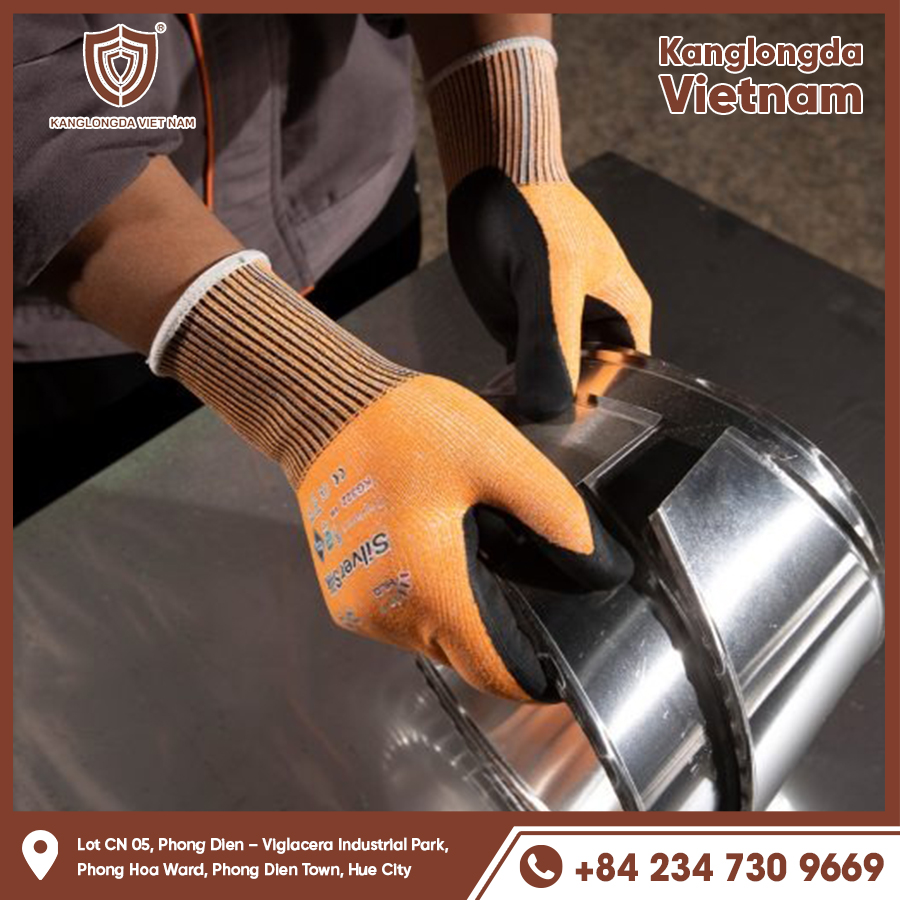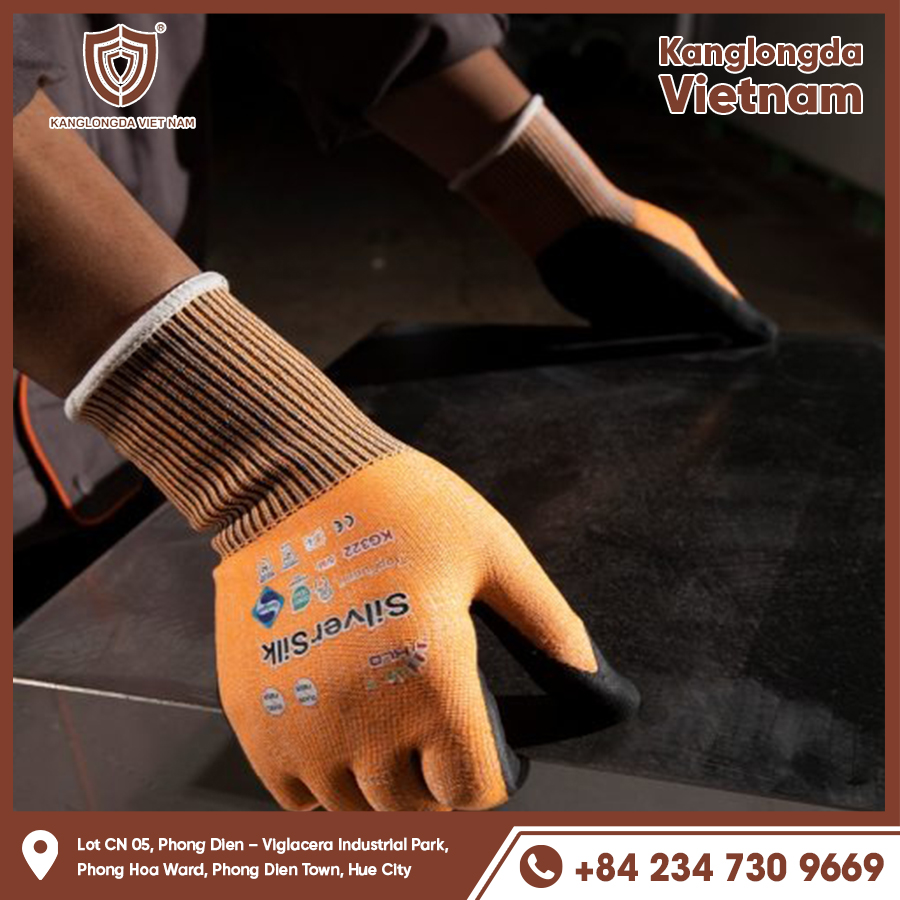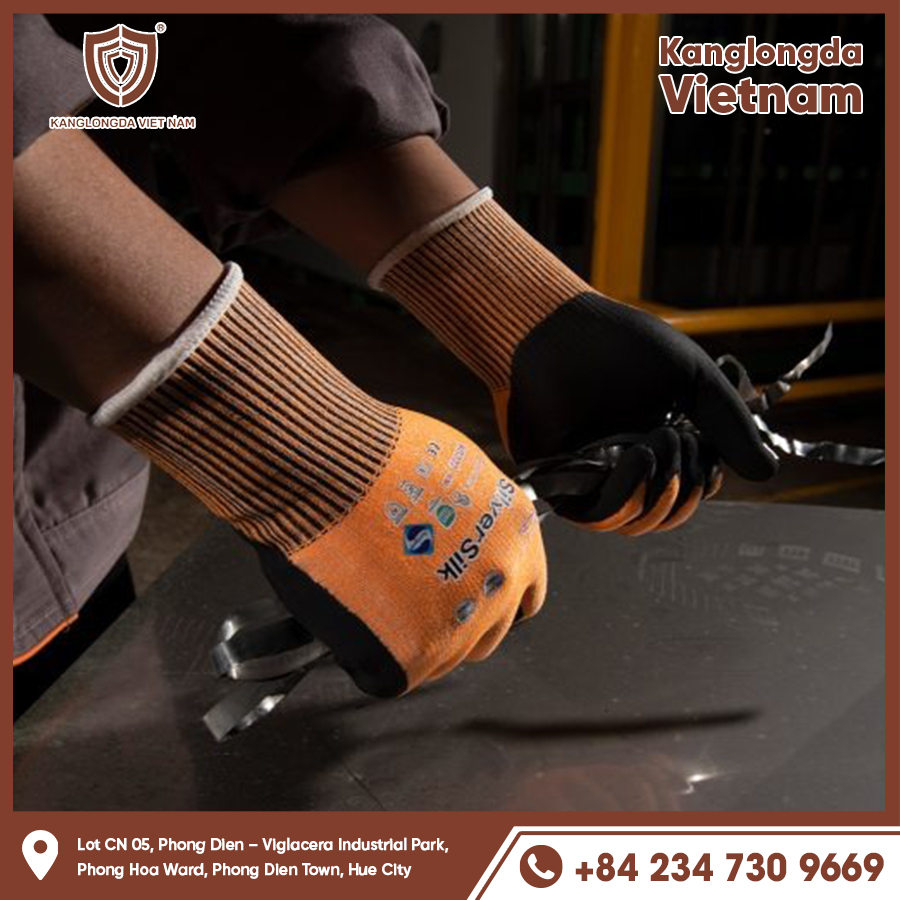Snow gloves are indispensable when facing harsh winter weather, especially in snowy and icy conditions. These gloves are specially designed to provide insulation against freezing temperatures, protect hands from moisture, and maintain dexterity for outdoor activities. Whether you’re an avid skier, snowboarder, or simply dealing with cold winter commutes, investing in a high-quality pair of snow gloves is key to enjoying the season without discomfort or injury.

Why Snow Gloves Are Important for Winter
Preventing Frostbite and Cold-Related Injuries
When exposed to extreme cold, hands are vulnerable to frostbite, a condition where skin and underlying tissues freeze, causing pain and permanent damage. Snow gloves provide insulation that traps heat and shields the skin from icy winds. By wearing appropriate gloves, you minimize the risk of frostbite and hypothermia, especially during prolonged outdoor exposure.
Keeping Hands Dry to Maintain Warmth
Snow is wet, and when snow melts on your gloves, it can soak through if the gloves lack proper waterproofing. Wet gloves lead to cold hands because moisture conducts heat away from the skin quickly. Snow gloves feature waterproof or water-resistant membranes and coatings that prevent snow and water penetration, ensuring your hands stay dry and warm in all conditions.
Enhancing Grip and Manual Dexterity
Apart from warmth and dryness, snow gloves must enable you to perform tasks like adjusting zippers, using ski poles, or handling tools. Many snow gloves have textured palms or silicone grips to enhance grip strength on slippery surfaces. Good dexterity means you can enjoy your winter activities without needing to remove your gloves frequently, reducing exposure to cold.
Types of Snow Gloves and Their Best Uses
Insulated Snow Gloves for Extreme Cold
These gloves are designed with thick layers of insulation such as Thinsulate or down feathers, providing superior warmth for very cold environments. They are perfect for winter sports in sub-zero temperatures and outdoor work in freezing weather. While they offer excellent heat retention, their bulkiness can sometimes reduce finger movement and precision.
Waterproof and Breathable Gloves for Active Use
Waterproof snow gloves use membranes like Gore-Tex or proprietary fabrics to block moisture while allowing sweat vapor to escape. This breathability is crucial for active winter sports such as skiing and snowboarding, where your hands sweat inside gloves but need to stay dry outside. These gloves maintain comfort by preventing clammy interiors.
Snow Mittens: Maximum Warmth with Less Dexterity
Mittens keep fingers together, trapping heat more effectively than gloves. They are often preferred by casual outdoor enthusiasts and children due to their simplicity and superior insulation. However, because fingers cannot move independently, mittens limit fine motor skills and may not suit activities requiring precise hand movements.

Materials That Make Snow Gloves Effective
Durable Outer Shell Materials
The outer fabric of snow gloves is made from tough materials like nylon, polyester, or treated leather, engineered to resist abrasions, tears, and harsh weather. Many gloves have DWR (durable water repellent) coatings that cause water to bead off the surface, prolonging dryness and glove life. Softshell fabrics provide flexibility and wind resistance for better comfort.
Insulation: Synthetic vs. Natural
Synthetic insulation such as PrimaLoft and Thinsulate maintains warmth even when damp, dries quickly, and is easy to care for. Natural down feathers provide unmatched warmth-to-weight ratios but lose insulating ability when wet. Some gloves combine both to optimize warmth and moisture management.
Waterproof Linings and Membranes
Membranes like Gore-Tex are thin layers laminated inside gloves that create a waterproof yet breathable barrier. This technology prevents external water from entering while allowing sweat vapor to escape, critical for maintaining a dry and comfortable microclimate inside gloves during intense activity.
How to Choose the Perfect Pair of Snow Gloves
Consider Your Winter Activity and Environment
Different activities demand different gloves. Skiers and snowboarders benefit from lightweight, waterproof, and breathable gloves that balance warmth and dexterity. Hikers or workers in cold climates may need more heavily insulated, durable gloves to withstand the elements for long hours. Assess your typical winter conditions and activity level before choosing.
Getting the Right Fit
Proper fit ensures warmth, comfort, and functionality. Gloves that are too tight restrict blood flow and cause cold hands, while loose gloves allow cold air and snow to enter. Measure your hand size and consult sizing charts from manufacturers. Try gloves on with any liners or under-gloves you plan to wear for accurate fit.
Features That Add Value and Convenience
Look for gloves with adjustable wrist closures or cinches to seal out snow and wind. Long cuffs that tuck under jacket sleeves provide extra protection. Features like touchscreen compatibility allow smartphone use without glove removal. Reinforced palms and fingers increase durability for rough use. Some gloves also include nose wipes or clip-on attachments for convenience.
Maintaining Your Snow Gloves for Longevity
Proper Cleaning Techniques
Regular cleaning removes dirt, salt, and oils that degrade glove materials. Most gloves can be hand washed with mild detergent or machine washed on gentle cycles, depending on manufacturer instructions. Avoid bleach or fabric softeners that damage waterproof membranes. Thorough rinsing ensures no detergent residue remains to affect glove performance.
Drying and Storage Tips
Always air dry gloves naturally, away from direct heat sources like radiators or dryers that can warp fabrics and insulation. Stuffing gloves with paper towels can speed drying by absorbing moisture. Store gloves in a cool, dry place with good air circulation to prevent mildew and unpleasant odors. Avoid folding gloves to maintain shape.
Restoring Waterproofing and Performance
Over time, water-repellent coatings wear off. Reapply DWR sprays or treatments designed for outdoor gear to restore water resistance. Check seams and closures for wear and repair or replace gloves as needed to ensure continued protection against winter elements.
Popular Snow Glove Brands and Models
The North Face
The North Face is well-known for combining technology and style in their snow gloves, offering insulated and waterproof models suitable for skiing, snowboarding, and everyday wear. Their gloves often feature high-quality insulation and durable construction.
Hestra
Hestra gloves are handmade in Sweden with premium materials designed for serious winter sports enthusiasts. Known for durability, fit, and warmth, Hestra offers both gloves and mittens with advanced insulation and waterproofing.
Black Diamond
Specializing in climbing and skiing gloves, Black Diamond produces technical gloves that balance protection and dexterity, often incorporating touchscreen compatibility and reinforced palms for demanding outdoor use.
Burton
Burton is a favorite among snowboarders, providing gloves that offer both performance and style. Their products feature advanced waterproof membranes and thermal insulation optimized for winter sports.
Outdoor Research
Outdoor Research designs versatile gloves suited for hiking, snowshoeing, and skiing. They focus on ergonomic designs, quality materials, and reliable weatherproofing that meet diverse winter activity needs

Snow gloves are more than just a winter accessory—they are vital gear that protects your hands from extreme cold, wet snow, and icy winds. The right gloves improve comfort, safety, and performance, whether you are an athlete, outdoor worker, or casual winter traveler. Understanding the different types, materials, and key features will help you select gloves that match your activity and environment. Proper fit and care extend glove life and maintain their protective qualities season after season. Stay warm, dry, and agile this winter by choosing the perfect pair of snow gloves tailored to your needs.






